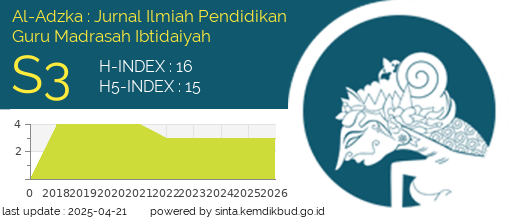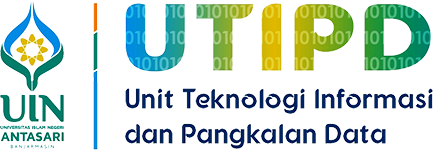Teaching The Holy Quran to Young Learners (7-12 Years Old)
DOI:
https://doi.org/10.18592/aladzkapgmi.v9i1.3054Keywords:
teaching;theholy Quran; young learner; children.Abstract
Teaching the holy Qur’an to young learners is very important to keep children healthiness, physically or mentally. Young learner teacher should employ several techniques or methods that interest children. This article explores some methods for teaching the holy Quran to young learner. The teachers should provide the appropriate way, techniques or methods in teaching how to read and how to memorize the holy Qur’an well, appropriate techniques and methods can help children to be able to learn or memorize the holy Qur’an easily such as Baghdadiyah method, Iqra, qiro’ati, albarqy, tilawati, and hambalis method. In teaching recitation and memorization of the Qur’an to young learners the methods are talqin musyafahah and takrir methods, deposited method, and muraja’ah method (repetition).References
Aziz, Amka Abdul. (2016). Membumikan Al-Qur’an di Sekolah, Sidoarjo, Nizamia Learning Center.
Az-Zabidi, Imam. (2002). Ringkasan Hadis Shahih Al-Bukhari, Jakarta, Pustaka Amani.
Echols, John M, at all., (1989). Kamus Indonesia Inggris, Jakarta, PT Gramedia.
M.A, Mansur. (2005). Pendidikan Anak Usia Dini dalam Islam, Yogyakarta, Pustaka Belajar.
Rah.a, Maulana Muhammad Zakariyya Al-Kandahlawi. (2006). Himpunan Fadhilah Amal, Yogyakarta, Ash-Shaff.
Rixon, shelagh. (1999). Young Learners of English (Some Research Perspective). London, Longman.
Said mursi, S. M., (2001). Seni Mendidik Anak, Jakarta, Pustaka Al-Kautsar.
Sami, Abdus, at all,. (2010). Al-Qur’an Dengan Tajwid Blok Warna, Jakarta, Lautan Lestari.
Steinberg, D. Danny, at all., (2001). Psycolinguistics, Malaysia, Pearson Education Limited.
Svecova, Hana. (2006). Basic for Children, China, Oxford University Press.
Downloads
Published
How to Cite
Issue
Section
License
Copyright (c) 2019 Andi Irlina

This work is licensed under a Creative Commons Attribution 4.0 International License.
Authors who publish with this journal agree to the following terms:
- Authors retain copyright and grant the journal right of first publication with the work simultaneously licensed under a Creative Commons Attribution 4.0 International that allows others to share the work with an acknowledgement of the work's authorship and initial publication in this journal.
- Authors are able to enter into separate, additional contractual arrangements for the non-exclusive distribution of the journal's published version of the work (e.g., post it to an institutional repository or publish it in a book), with an acknowledgement of its initial publication in this journal.
- Authors are permitted and encouraged to post their work online (e.g., in institutional repositories or on their website) prior to and during the submission process, as it can lead to productive exchanges, as well as earlier and greater citation of published work.












